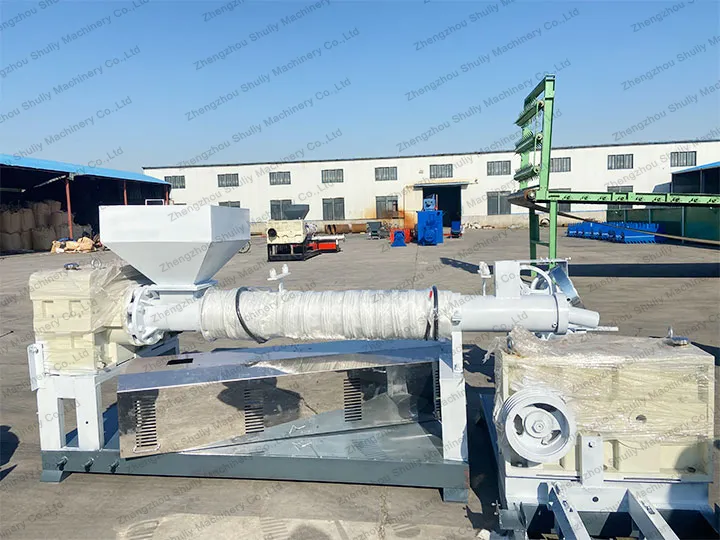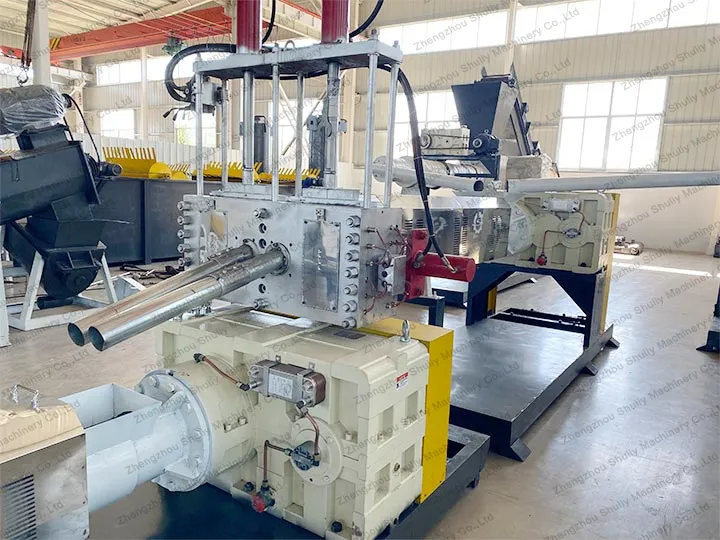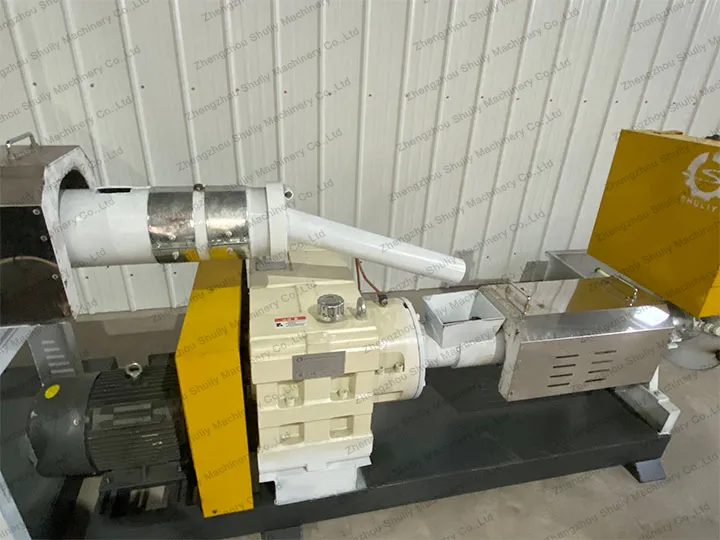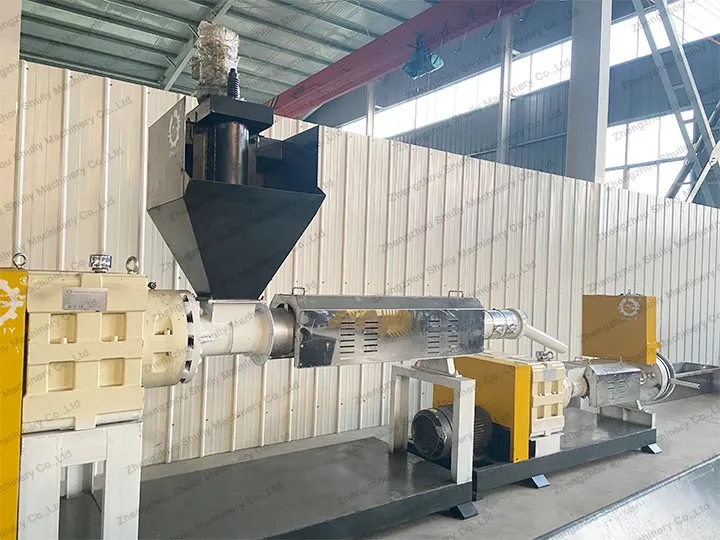Twin screw extruders and single screw extruders a common plastics processing equipment, and each has its own characteristics and advantages. In this article, we will compare and analyze the twin-screw extruder and single-screw extruder from three aspects: material applicability, mixing effect, and production efficiency. It is hoped that this will help those engaged in plastics recycling to understand how to choose the right extruder machine for their needs.
Extruder machine material suitability
Twin screw extruders are suitable for processing materials with high viscosity, high molecular weight, and high filler content, such as thermoplastic elastomers (TPEs) and thermoplastic polyurethanes (TPUs). Twin screw extruders excel in complex compounding and alloying processes due to their higher shear capacity and more uniform mixing.
Single screw extruders, on the other hand, are suitable for processing lower viscosity and simpler materials, such as polyethylene (PE), polypropylene (PP), and so on. For some common plastics and rubber processing, single screw extruders have been able to meet the demand and have high productivity.

Extruder machine mixing effect
The twin screw extruder consists of two screws arranged crosswise or parallel, its unique structure makes the material get a better mixing effect during the extrusion process. Twin screw extruders are able to better control the temperature and shear forces during the extrusion process, which helps to maintain the properties and quality of the material. The single screw extruder, on the other hand, is driven by a single screw and has a relatively weak mixing effect. Single screw extruders may result in slightly less uniformity and quality of material than twin screw extruders.

Twin screw and single screw extruder productivity
Twin screw extruders excel at handling complex materials and co-extruding multiple materials, improving productivity and process quality. In addition, the twin screw extruder has better control over the processing temperature and shear force of the material, which helps to reduce energy consumption and waste generation in the production process. Single screw extruders, on the other hand, can achieve high production efficiency when processing simpler materials due to their simple structure, ease of operation, and lower cost.

Choosing the right extruder machine
The two types of extruder machines differ from each other in terms of material suitability, mixing effect, and production efficiency. Choosing the right extruder machine for your needs depends on the specific material to be processed, the product requirements, and the production efficiency.
For complex processing and high demand for mixing effect, twin screw extruders may be more suitable; while for simple processing and high productivity requirements, single screw extruders can also meet the needs.
Proper selection of extruder machines will help to improve production efficiency and product quality while reducing production costs and energy consumption.
Video about the extruder machine working process.
